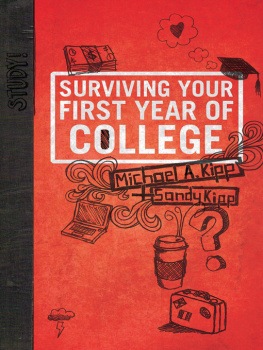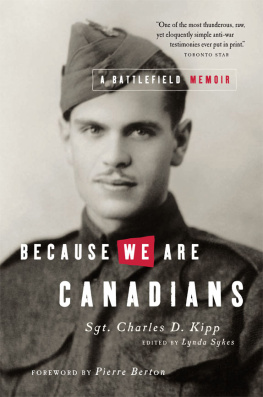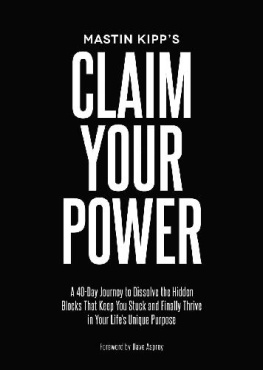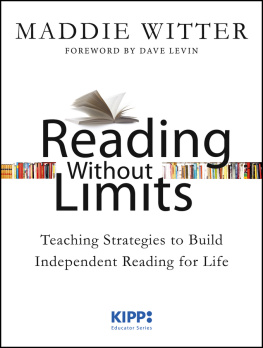Work Hard. Be Nice.
How Two Inspired Teachers Created the Most Promising Schools in America
Jay Mathews

ALGONQUIN BOOKS OF CHAPEL HILL
Published by
ALGONQUIN BOOKS OF CHAPEL HILL
Post Office Box 2225
Chapel Hill, North Carolina 27515-2225
a division of
WORKMAN PUBLISHING
225 Varick Street
New York, New York 10014
2009 by Jay Mathews. All rights reserved.
Library of Congress Cataloging-in-Publication Data is available.
eISBN 978-1-56512-673-2
Contents
To Linda
ORIENTATION
Many people in the United States believe that low-income children can no more be expected to do well in school than ballerinas can be counted on to excel in football. Inner-city and rural children raised by parents who themselves struggled in school are thought to be largely doomed to low grades, poor test scores, menial jobs, and hard lives. These assumptions explain in part why public schools in impoverished neighborhoods rarely provide the skilled teachers, extra learning time, and encouragement given to children in the wealthiest suburbs. Educators who do not think their students are very capable are less likely to arrange challenging lessons and longer school days.
That is the great shock of the story of Mike Feinberg and Dave Levin. Before either had reached his twenty-sixth birthday, their Knowledge Is Power Program revealed that many of these low-income students could achieve just as much as affluent suburban kids if given enthusiastic and focused teachers who believed in them and had enough time to teach them. They recruited and trained young principals like themselves who proved the skeptics wrong in cities and towns across the country.
About 80 percent of KIPP students are from low-income families. About 95 percent are black or Hispanic. The fourteen hundred students at twenty-eight KIPP schools in twenty-two cities who have completed three years of KIPPs four-year middle school program have gone on average from the 34th percentile at the beginning of fifth grade to the 58th percentile at the end of seventh grade in reading and from the 44th percentile to the 83rd percentile in math. Gains that great for that many low-income children in one program have never happened before.
Feinberg and Levin and the hundreds of educators they have enlisted in this effort still have to demonstrate that their progress can be sustained. But no other inner-city educational initiative has gotten this far. KIPP now has sixty-six schools in nineteen states and the District of Columbia, including schools in nine of the ten largest U.S. cities. It plans to serve twenty-four thousand students in one hundred schools by 2011. KIPP teachers are paid extra for the more-than-nine-hour school days, the required four-hour every-other-Saturday sessions, and the three-week summer schools, but they know how much easier their working lives would be if they chose jobs in regular schools. Their enthusiasm for hard work in the classroom springs from the impact they are having, like nothing they have seen in any regular urban or rural public schools.
Some of these teachers joke that KIPP has all the best qualities of a cult, without the dues or the weird robes. They wonder among themselves how long they will stay and what direction KIPPs growth will take. No other program has sparked so much debate over what ought to and can be done for children stuck at the bottom of our public education system, the prime civil rights issue of this era, and this debate has for the first time become a positive discussion. How much further can these kids go?
Levin and Feinberg learned to teach from two classroom veterans whose unusual techniques and high standards led some colleagues to resent them, but who seemed to their two apprentices to be the answer to their prayers. The two veterans, Harriett Ball and Rafe Esquith, wondered if Feinberg and Levin could survive the pounding that was in store for them. They warned the young teachers that they were going to encounter many reversals and much discouragement. Levin and Feinberg proved to be just as aggressive and annoying as Ball and Esquith had hoped, sparking several clashes with educational authorities and cementing their reputations both as troublemakers and as educators whom parents and students could trust.
KIPP teachers these days live by results; they are devoted to seeing what helps disadvantaged children achieve and to passing on to other teachers what they have discovered. Like their heroes Levin and Feinberg, they have found that through hard work, fun, and teamwork, their students can earn for themselves choices in life that many people thought they would never have. But in the beginning, few people had great hopes for those children. Or their two young teachers.
FIRST PERIOD
Starting Out, or A Tale of Two Teachers
1.
Learning to Push
AT AGE TWENTY-SIX, Mike Feinberg was supervising seventy low-income, mostly Hispanic fifth graders at Askew Elementary School in west Houston. It was 1995. They were the latest recruits for the Knowledge Is Power Program, or KIPP, which rhymes with trip. It was a new but imperiled middle school program Feinberg and his friend Dave Levin, twenty-five, had started the year before.
That first year, they had run the program together in one crowded classroom at Garcia Elementary School in north Houston and they had doubled the number of students passing the state tests in that group. They wanted to create full-size fifth-through-eighth-grade middle schools, and they were going to do it in two separate cities. Levin had decided to move back to his hometown, New York City, to start a KIPP fifth grade in the South Bronx. Feinberg stayed in Houston to start a new KIPP fifth grade at a different school, Askew Elementary, since there was no room for his expansion plan at Garcia. Few of the people they knew thought KIPP would last very long in either Houston or New York. It was too stressful an approach, with long school days and very intense lessons. And Feinberg and Levin? They were too young and inexperienced to pull it off.
Feinberg had only one important ally, the Houston Independent School Districts west district superintendent, Anne Patterson, and he had already tested her patience far beyond the point most school administrators would tolerate. He was hard to ignore, six foot three and very talkative, with a very short haircut as accommodation to his premature baldness. He was full of creative ideas but also had many demands and complaints. He was developing a reputation for being an unholy nuisance.
Patterson, a stylish dresser with a crown of thick red hair, often ended her day in tense meetings with Feinberg. She leaned forward on her desk. She kneaded her forehead with her fingers. She tried to figure out a way to get this effusive, overgrown adolescent to accept her view of the latest crisis so that she could go home.
At this particular moment in Feinbergs first year running KIPP Academy Houston by himself, he was near the breaking point. Space had to be found somewhere the following year for Feinberg to add a sixth grade on his way to a fifth-through-eighth-grade program. Patterson needed a building principal who could stomach Feinberg, and whom Feinberg, one of the least collegial educators she had ever met, would be capable of sharing a building with.
I can be quiet and accommodating, Feinberg told her, until I perceive in any way, shape, or form that someone is doing anything directly or indirectly to fuck with my babies, and then I become Mama Bear. Patterson already knew this. Patterson had promised to tell Feinberg by the Christmas holiday what space she had found for his expanded school, but it was January and she had no information for him. He kept calling her and showing up at her office. Mike, youve got to be patient, she said.











